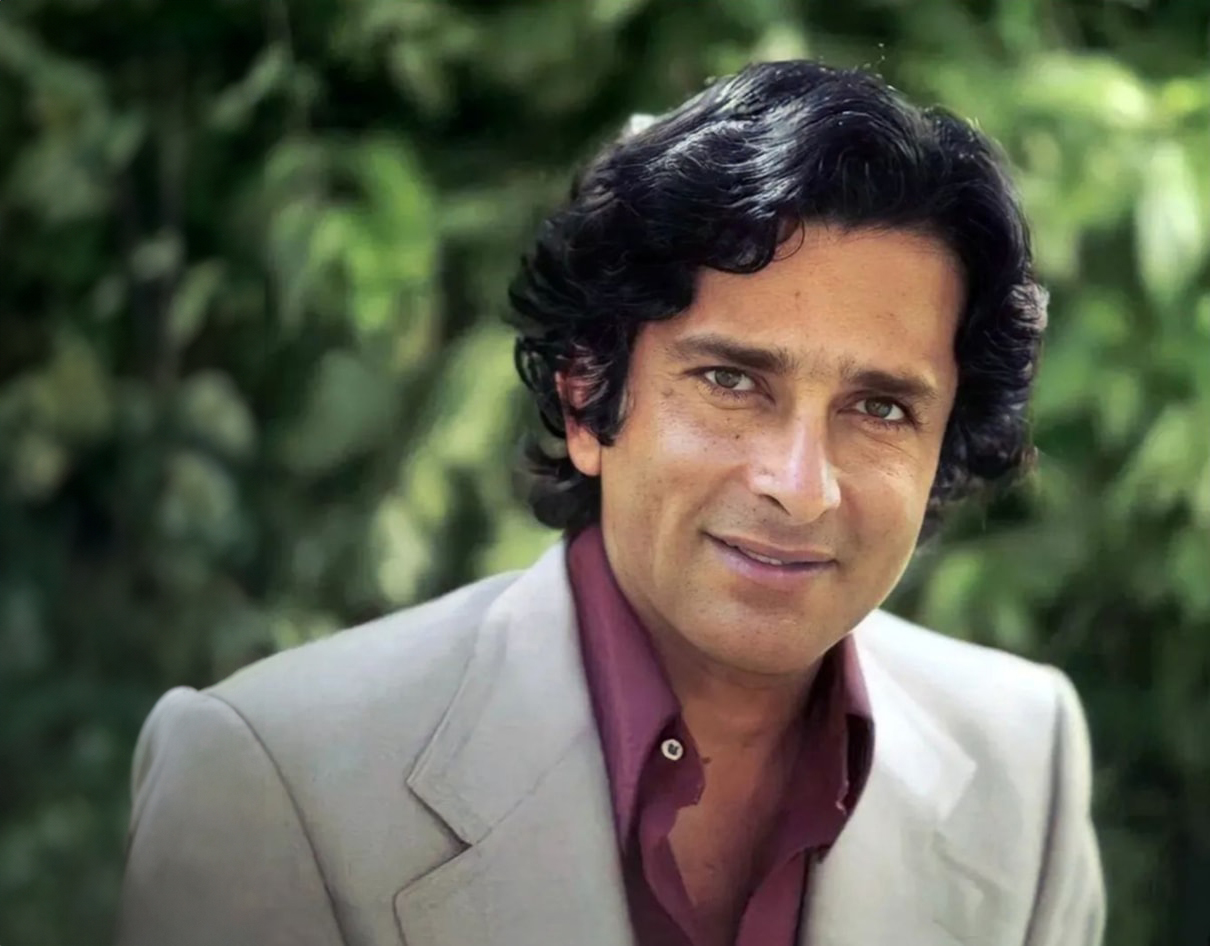
Asjad NazirBy: Asjad Nazir
LEGENDARY actor Shashi Kapoor left behind a remarkable body of work that ranged from commercial Hindi cinema entertainers to Englishlanguage projects that opened the doors for Bollywood stars in international projects.
He broke creative ground, tackled taboos and added a new dimension to big screen entertainers. This resulted in a long list of all-time classics that have left a permanent mark on the cinematic landscape and are still loved today.
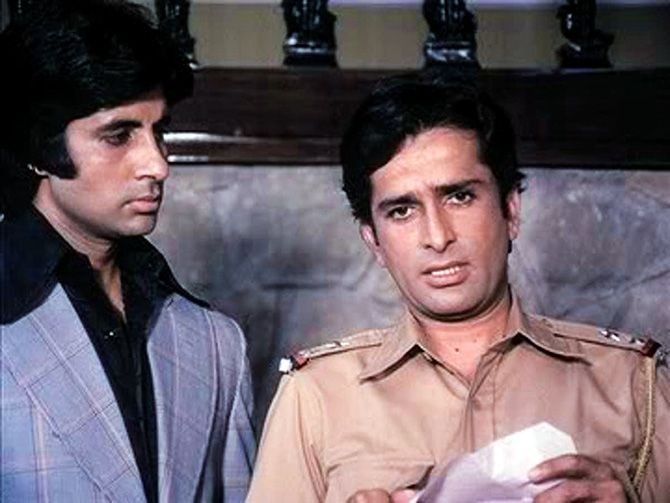
Once regarded as the best-looking male star of his generation, he was born into the distinguished Kapoor film family on March 18, 1938, and passed away on December 4, 2017, aged 79. Eastern Eye decided to mark the big screen icon’s birth anniversary with all you need to know A to Z about him.
A is for Amitabh Bachchan: Although he acted with multiple co-stars across different generations, the one Kapoor is perhaps most associated with was his close friend, Amitabh Bachchan. They acted in multiple hit films together during Bachchan’s rise to superstardom, including classics like Deewaar (1975), Kabhi Kabhie (1976), Trishul (1978), Kaala Patthar (1979), Shaan (1980) and Namak Halaal (1982). Big B also played the lead role in Ajooba (1991), which was produced and directed by Shashi.
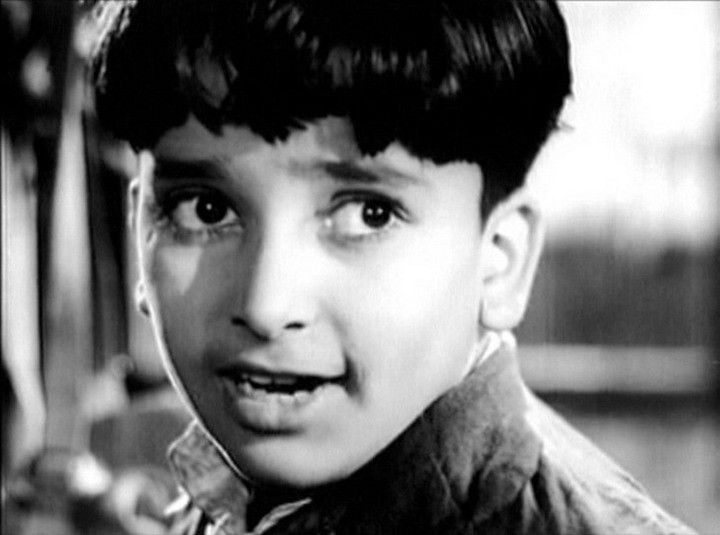
B is for Beginning: The actor was born Balbir Raj Kapoor on March 18, 1938, in what was then Calcutta (now Kolkata), into a film family (see F). Growing up, he acted in theatre plays produced and directed by his father, Prithviraj Kapoor, which led to developing his love for performing.
C is for Child star: He acted in children’s roles in films from the late 1940s to the early 1950s, including playing the younger version of his older brother Raj Kapoor’s characters in Aag (1948) and Awaara (1951). He also played the young Ashok Kumar in Sangram (1950).
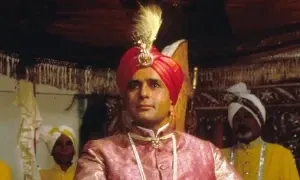
D is for Debut: After successfully working as a child star, the actor made his lead debut in the powerful drama Dharmputra (1961), which was one of the first commercial movies to depict India’s Partition. That film would start a long-running partnership with one of Bollywood’s greatest directors, Yash Chopra, which would result in all-time classics such as Waqt (1965), Deewaar (1975), Kabhi Kabhie (1976) and Trishul (1978).
E is for English: Shashi was one of the first leading Bollywood actors to carve out a career in Englishlanguage cinema and balanced his work in Bollywood with diverse projects in the west. His Englishlanguage films included The Householder (1963), Shakespeare Wallah (1963), Bombay Talkie (1970), Heat and Dust (1982), Sammy and Rosie Get Laid (1987) and The Deceivers (1988). He also played the Rajah in the 1996 Hollywood TV adaptation of Gulliver’s Travels.
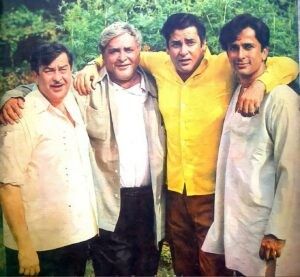
F is for Family: The legendary actor belonged to the iconic Kapoor film family, which is now well into its fourth generation with his grandnephew Ranbir Kapoor and grandniece Kareena Kapoor Khan. Other notable Kapoor family members include his elder brothers, Raj and Shammi; his nephew Rishi; and his father, Prithviraj. His wife was the British actress Jennifer Kendal and his sister-in-law is the acting great Felicity Kendal.
G is for Grandchildren: His sons, Kunal and Karan Kapoor, had limited success as actors. But his grandson, Zahan Kapoor, is hoping to carry the family legacy forward and made a strong debut playing the title role in the 2022 film, Faraaz. His granddaughter, Shaira Kapoor, has worked as a production designer on high-profile films like Gully Boy (2019) and Bombay Velvet (2015).
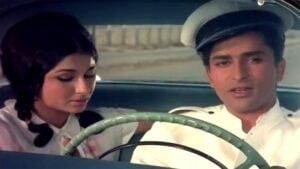
H is for Honours: The actor won a number of honours that included three National Awards for his films Junoon (1979), New Delhi Times (1986) and In Custody (1994). He received the Padma Bhushan, the Indian government’s third highest civilian honour, in 2011. The film legend also received Indian cinema’s highest honour, the Dadasaheb Phalke Award, in 2015.
I is for Influential: In 1965, he starred in the two highest grossing films of the year, Waqt and Jab Jab Phool Khile. Waqt would popularise the lost-and-found formula and also set the trend for multi-starrers in Bollywood. Jab Jab Phool Khile would inspire multiple movies, including the plotline of the smash hit musical, Raja Hindustani (1996). The Dilwale Dulhania Le Jayenge song from his film Chor Machaye Shor (1974) would inspire the title of the recordbreaking 1995 film starring Shah Rukh Khan and Kajol. Whether it was breaking ground in Englishlanguage cinema for Bollywood stars, or acting in path-breaking subjects, his work inspired many other movies in subsequent decades.
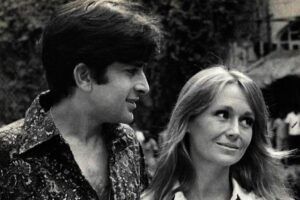
J is for Jennifer Kendal: In the 1950s, English actor Geoffrey Kendal was touring India with his Shakespearean theatre company. At the same time, a then unknown Shashi was working for his father’s Prithvi Theatre troupe and met actress Jennifer Kendal, who was part of her father Geoffrey’s company. They both fell in love and got married. They overcame initial opposition and cultural barriers with the help of Shashi’s actress sister-inlaw, Geeta Bali.
K is for Kalyug: He produced and played the lead role in the award-winning crime drama Kalyug (1981), which was a modern adaptation of The Mahabharata. This creative story innovation, along with many scenes, would later be copied in multiple movies. He was also part of an ensemble cast of the year’s highest grossing film, Kranti (1981).
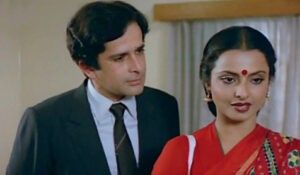
L is for Looks: When asked about which hero they thought was the most handsome, leading ladies such as Sharmila Tagore have consistently chosen Shashi Kapoor. Many other cinema greats, including legendary movie producer Ismail Merchant, who worked with him on multiple English-language movies, said he was the best-looking leading man Bollywood ever had.
M is for Most: The hardworking actor holds the record for starring in the most movies as a lead actor in his distinguished family, spanning four generations of cinema stars such as Raj Kapoor, Shammi Kapoor, Rishi Kapoor, Kareena Kapoor Khan and Ranbir Kapoor. He has also performed in the widest range of film genres among all the heroes in the Indian film fraternity.
N is for Nanda: The actor once declared that Nanda was his favourite leading lady to work with and referred to her as a mentor. She reciprocated and said he was her favourite actor. They worked together in many films, including Jab Jab Phool Khile (1965), Neend Hamari Khwab Tumhare (1966), Raja Saab (1969) and Rootha Na Karo (1970).
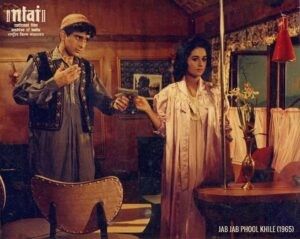
O is for Oscars: After his death, he was commemorated during the in-memoriam segment at the 90th Academy Awards.
P is for Prithvi Theatre: Prithviraj Kapoor founded Prithvi Theatre in 1942 and toured all over India with it. Many movie stars, including his sons Raj, Shammi and Shashi, learned their craft working for the company. After Prithviraj passed away in 1972, it was Shashi who kept the legacy of the travelling theatre company alive and built a permanent home for it in Mumbai.
Thousands of plays have been performed since he inaugurated it on November 5, 1978, including many featuring famous film personalities.
Q is for Quotes: From memorable song lyrics to famous dialogues, the actor had many great film moments. One of his most quoted lines is the iconic “Mere paas maa hai” (I have my mother) from Deewaar (1975), delivered in response to his brother’s boast about his material possessions.
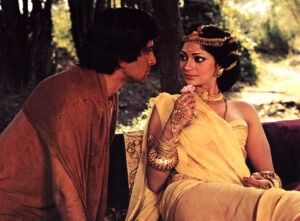
R is for Retirement: After more than 170 big screen roles, the cinema icon finally retired from acting after his appearances in the films, Jinnah and Side Streets, in 1998. He would devote much of his later life to the theatre company founded by his father.
S is for Snub: He became the first actor to refuse a prestigious National Award and that too for his debut film as a lead in Dharmputra (1961). The humble actor didn’t consider his performance worthy of an award.
T is for Twice as nice: The actor played a double role in the successful films, Haseena Maan Jayegi (1968) and Shankar Dada (1976), which included him performing a song sequence dressed as a female in the latter.
U is for Utsav: The actor constantly pushed the creative boundaries with films like Utsav (1984), which he produced and starred in. The erotic drama about a Brahmin man’s fascination for a courtesan was an adaptation of the 2nd century BC Sanskrit play, Mrichhakatika (The Little Clay Cart).
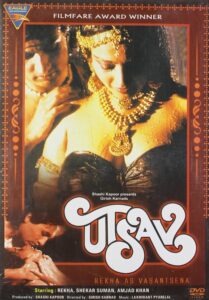
V is for Vala: In 1978, the actor set up his own production house, Film Valas. Among his critically acclaimed films as a producer were the award-winning Junoon (1979), Kalyug (1981), 36 Chowringhee Lane (1981) and Vijeta (1982).
W is for Weight gain: The actor fell into a deep depression after his beloved wife Jennifer died in 1984 and started drinking heavily. This led to him gaining loads of weight, effectively ending his career as a leading man. The actor would make the transition to playing supporting character-driven roles.
X is for X-Rated: The actor played the title role in the Indo-American production, Siddhartha (1972), which included sex scenes and nudity with co-star Simi Garewal.
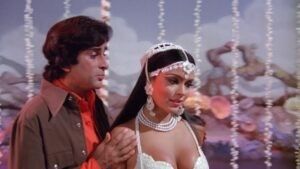
Y is for YouTube: The actor remains popular, with many of his most memorable movies, songs, iconic scenes, archive interviews, biographies and more available on YouTube. The many videos are flooded with tributes from fans, who continue to admire him.
Z is for Zeenat Aman: The actor starred opposite top leading ladies who included one of his personal favourites, Zeenat Aman. They starred in multiple memorable movies, including the path-breaking Satyam Shivam Sundaram (1978). It marked his first lead role in a film directed by his legendary elder brother, Raj Kapoor.
The film, breaking conventional rules of Hindi cinema with its storyline and sensuality, went on to achieve cult classic status. This was one of many memorable cinematic gems in the illustrious career of a star who will always shine brightly.